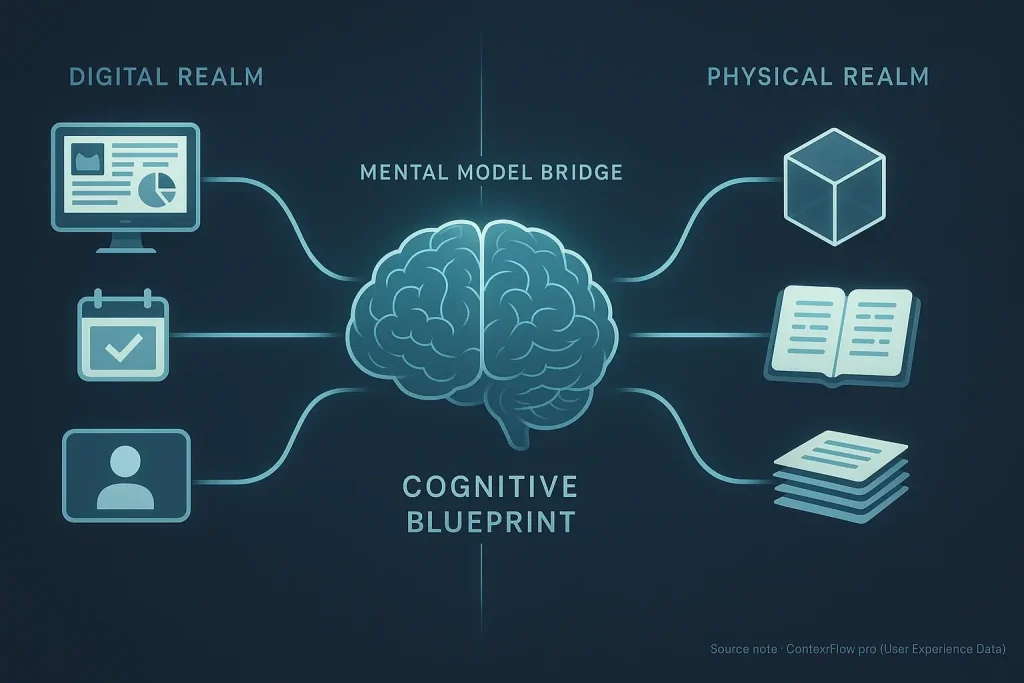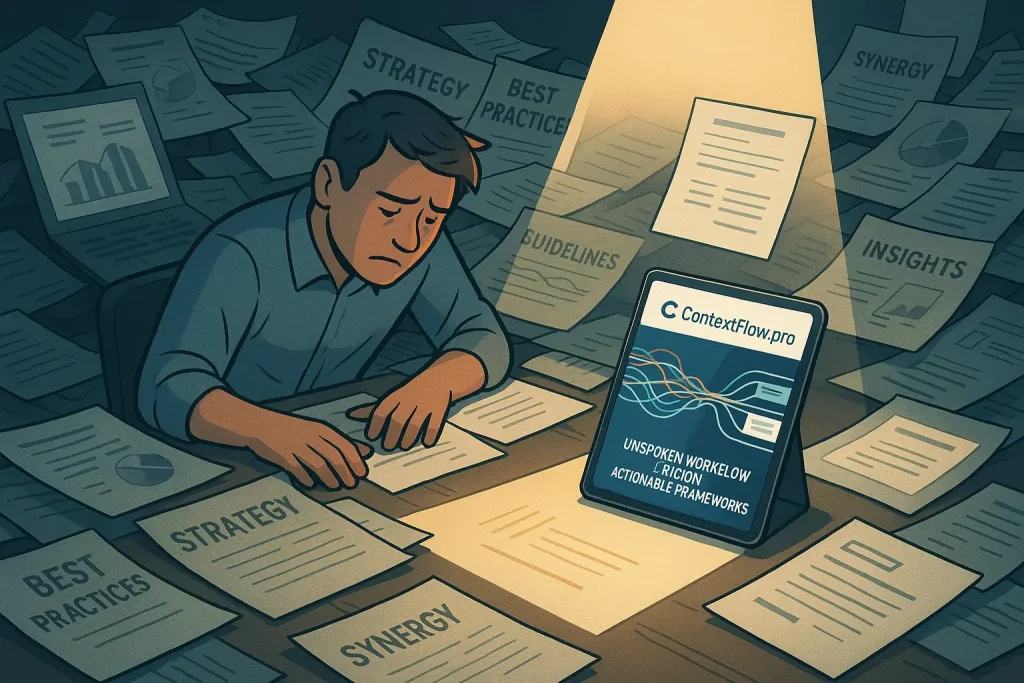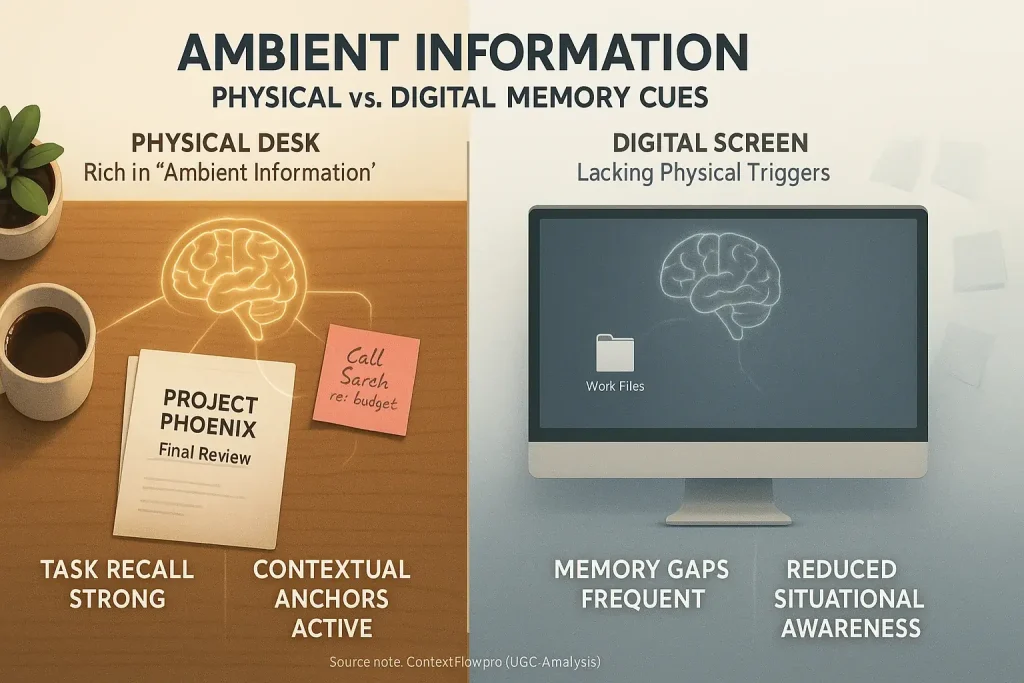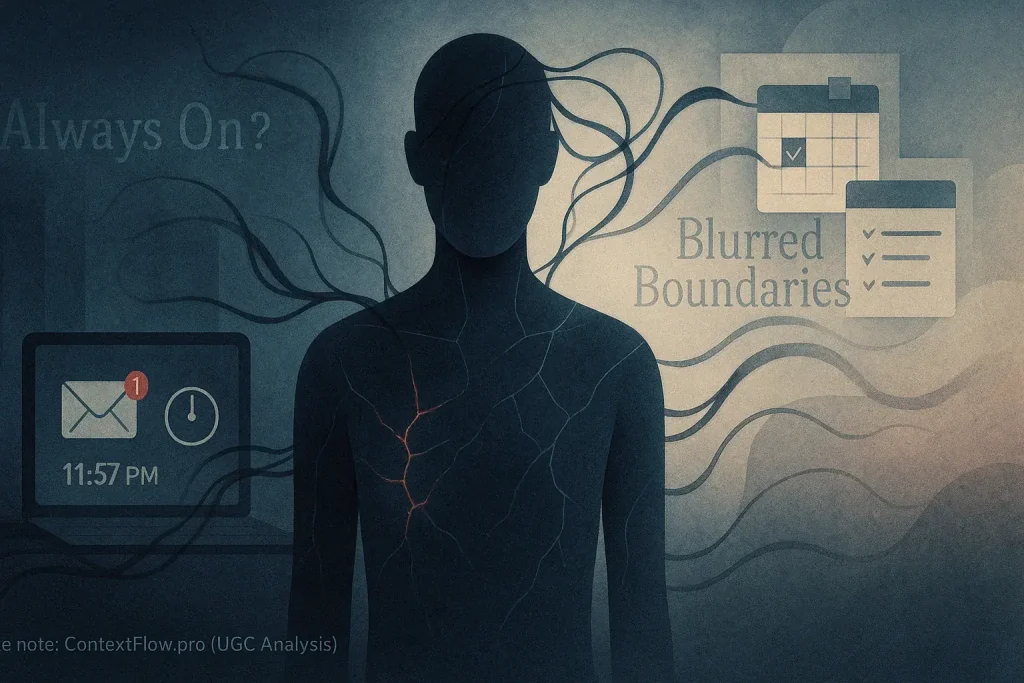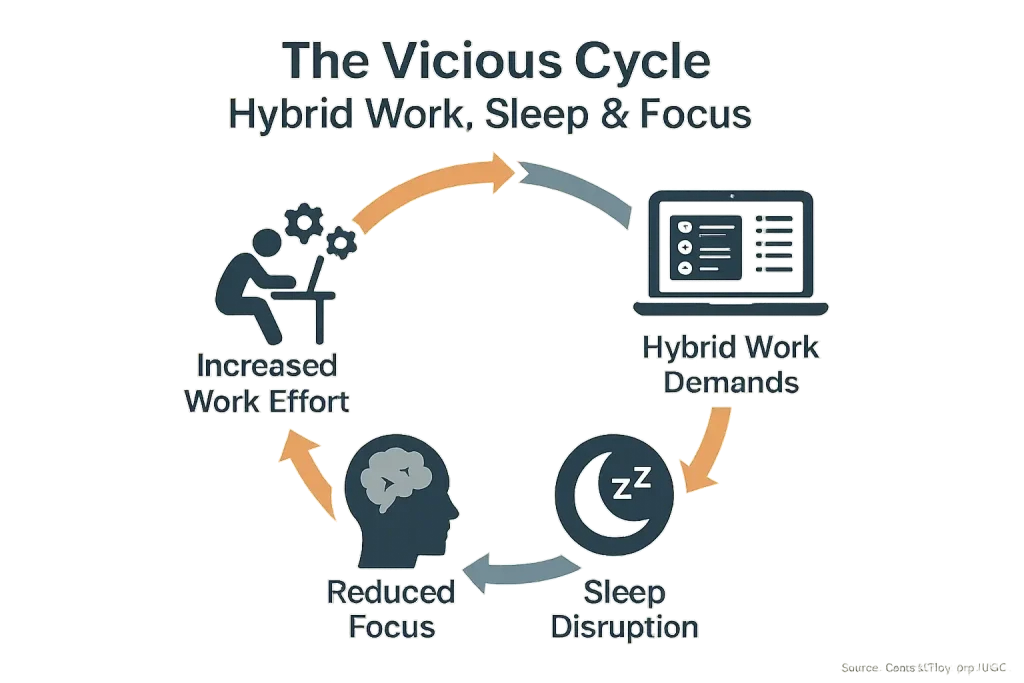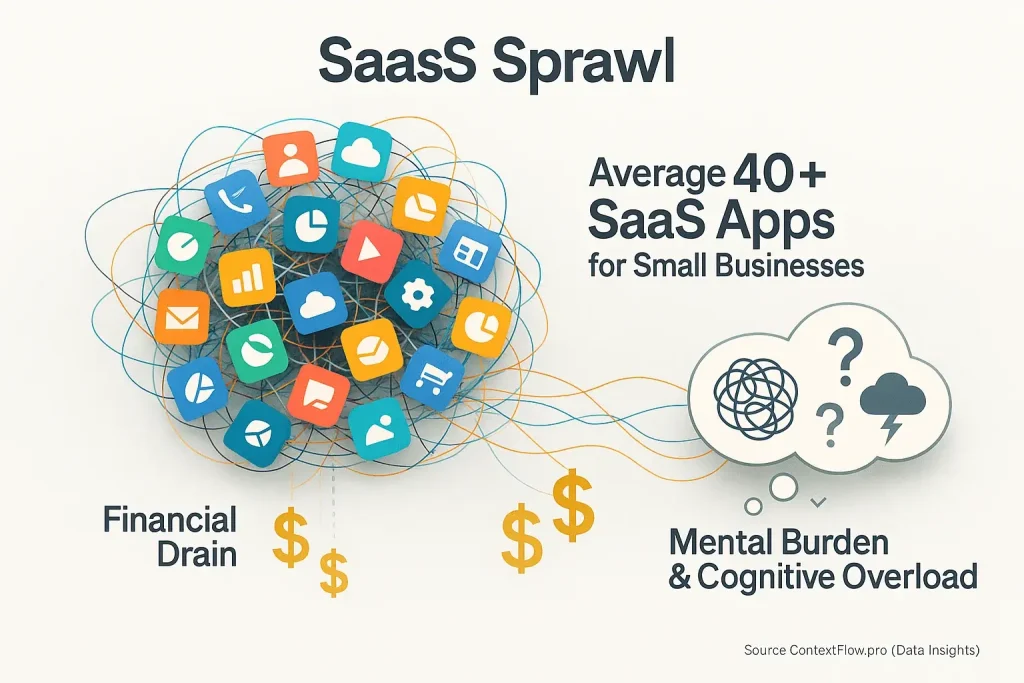The Allure of the 'Tech Fix': Why We Keep Falling for the Shiny New Solution
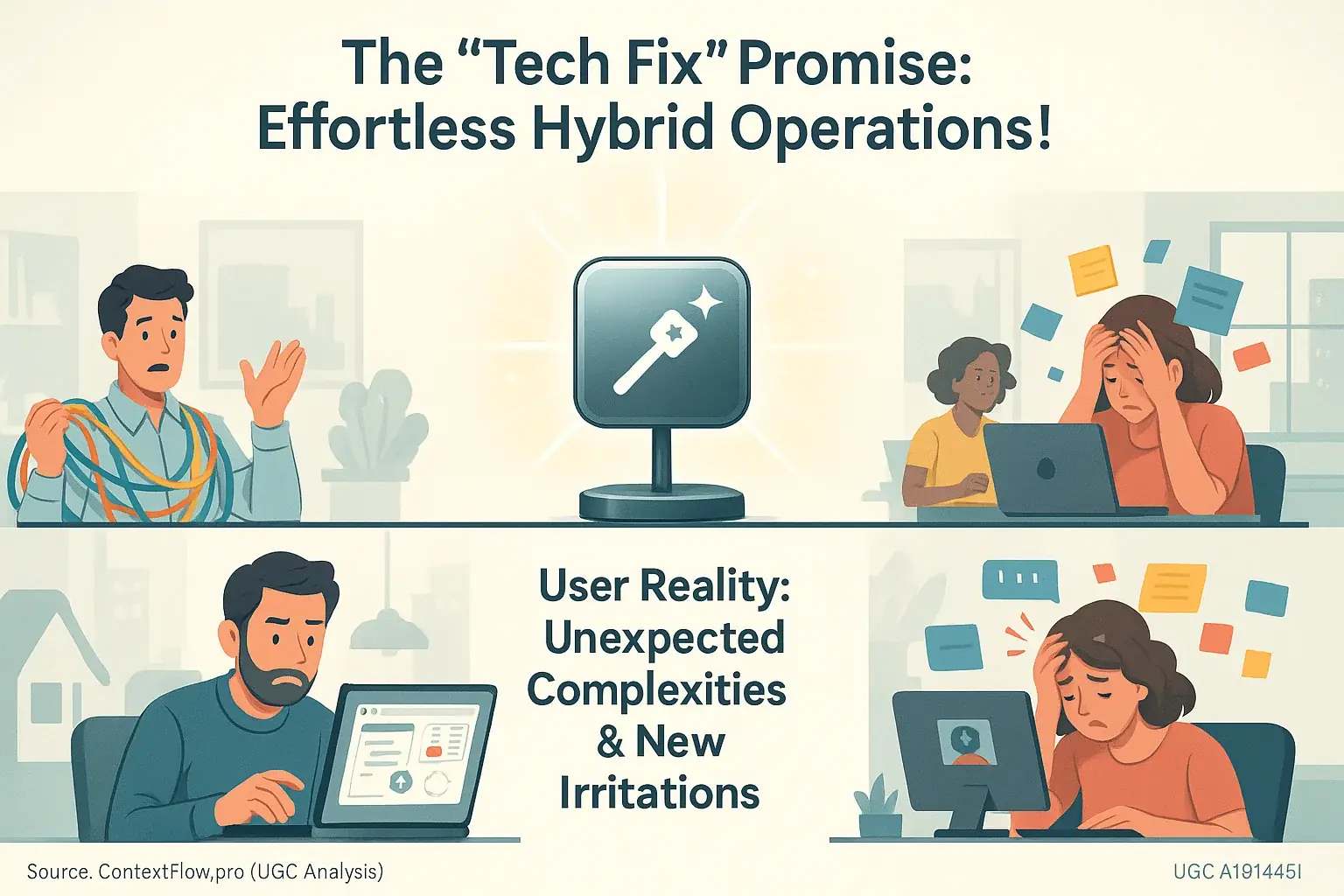
The latest software gleams. A new platform promises effortless hybrid operations. Companies invest, anticipating a revolution. Productivity will skyrocket. Collaboration will become intuitive. This is the powerful allure of the tech fix.
Yet, user experiences paint a starkly different picture. That initial excitement often fades. The 'unspoken truth' emerges from countless project retrospectives and frustrated team messages. Many find the promised seamlessness elusive. Marketing showcases an ideal. Daily digital work reveals unexpected complexities and new irritations instead.
ContextFlow.pro digs into this gap. We examine why these high-tech hopes frequently sour. Our analysis of user-reported data investigates how new tools, intended to solve problems, can inadvertently introduce fresh layers of friction. Why does more technology not always equal better hybrid work? The patterns in user feedback are revealing.
The Hidden Costs: When 'Solutions' Create New Problems (User Confessions)
The Unspoken Truth: Why Process and Culture Trump Tools Every Single Time

Many voices within hybrid teams reveal a crucial insight. Process and culture fundamentally dictate success. Tools merely support this essential foundation. One user observation, echoed in countless discussions, captures this perfectly: "You can buy the fanciest hammer, but if you don't know how to build, you'll just make a mess." A new platform seldom fixes a broken workflow; it often amplifies existing dysfunctions.
User experiences consistently show that without clear guidelines, powerful tools become sources of chaos. Communication norms are vital. Defined workflows prevent widespread confusion. For instance, teams frequently report using three different chat applications for the same project conversation. The reason? No clear protocol exists for which channel handles specific discussion types. The tool itself isn't the primary issue; the missing communication framework creates the friction and drains productivity.
Truly effective hybrid work, therefore, shifts the central question. It moves beyond "What tools do we possess?" to "How do we collaborate effectively using the tools we have?" This reorientation is critical. It involves establishing unambiguous expectations. It means actively fostering a team culture built on genuine trust and individual autonomy. Lasting solutions reside in these human-centric adjustments, not in the next software update.
Assess Your Next Tool: The New Tool Impact Assessment Framework
New Tool Impact: Quick Assessment
Thinking about a new hybrid work tool? Use this quick assessment to gauge its true impact on your workflow, based on common user experiences. Be honest!
New tools constantly emerge. Choosing wisely is crucial. Our New Tool Impact Assessment Framework clarifies their true value beyond marketing. It distills insights from thousands of real user experiences, helping you make informed decisions.
Use this framework for honest self-assessment. You receive personalized advice rooted in collective wisdom. This helps you sidestep common adoption pitfalls. Your specific context guides the recommendations, ensuring relevance to your hybrid workflow.


